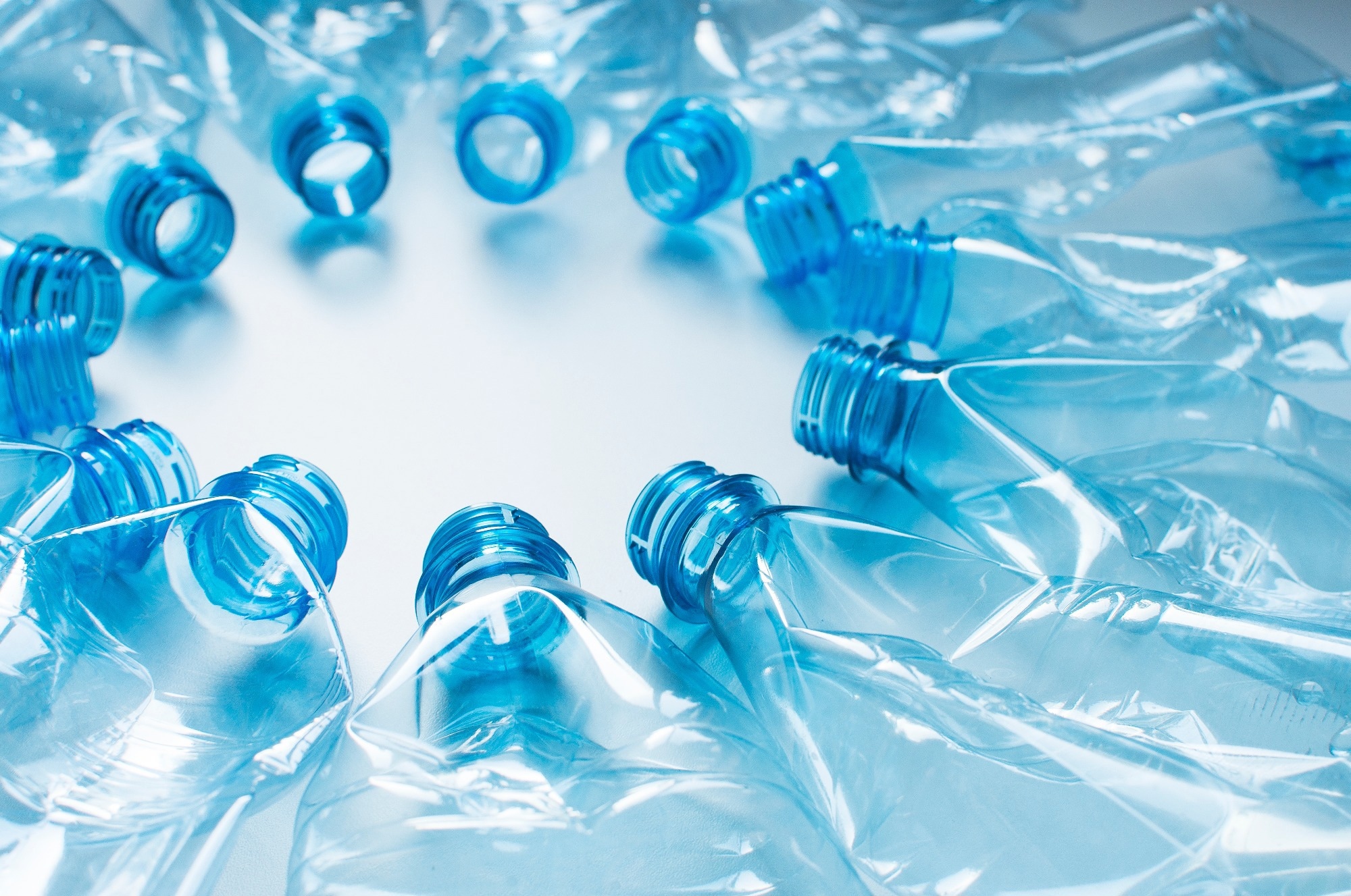Multiple variables impact prostate and breast cancer incidence, including genetic heredity as well as environmental and societal influences. Endogenous steroids and thyroid hormones are required for hormone-mediated malignancies such as ovarian, endometrial, testicular, thyroid, and melanoma. Identifying environmental toxins that influence these hormone levels might lead to new cancer prevention and mitigation strategies.
 Study: Exploratory profiles of phenols, parabens, and per- and poly-fluoroalkyl substances among NHANES study participants in association with previous cancer diagnoses. Image Credit: Sibirian sun / Shutterstock.com
Study: Exploratory profiles of phenols, parabens, and per- and poly-fluoroalkyl substances among NHANES study participants in association with previous cancer diagnoses. Image Credit: Sibirian sun / Shutterstock.com
About the study
In the present cross-sectional epidemiological study, researchers examine the relationship between phenol exposure and past cancer diagnoses, as well as racial and ethnic differences in the connections between ambient phenol, paraben, and PFAS exposures and the history of cancer diagnosis.
The researchers aimed to determine whether there was a link between phenol, paraben, and PFAS chemical exposure and previous endocrine-active cancer diagnoses in men and women 20 years and older. The medical conditions questionnaire was used to extract concentrations of seven PFAS compounds and 12 parabens/phenols, demographic data, and self-documented diagnoses of malignancies of the breast, thyroid, uterus, ovary, prostate, and melanoma.
Five PFAS compounds, including 2-(N-methyl-PFOSA)acetic acid (MPAH), perfluorohexane sulfonic acid (PFHS), perfluoroundecanoic acid (PFUA), perfluorononanoic acid (PFNA), and perfluorodecanoic acid (PFDE) were measured in all cycles from 2005 to 2018. PFAS levels were quantified from serological samples using turbo ion spray ionization, high-performance-type liquid chromatography-tandem mass spectrometry (HPLC-MS)
Between 2013 and 2016, the levels of five additional phenols and parabens were measured, of which included bisphenol-S (BPS), bisphenol-F (BPF), 2,4-dichlorophenol (DCP24), 2,5-dichlorophenol (DCP25), and triclocarban (TCC).
Between 2005 and 2016, seven phenols/parabens, including benzophenone-3 (BP3), bisphenol-A (BPA), methyl-paraben (MPB), triclosan (TCS), propyl-paraben (PPB), butyl-paraben (BPB), and ethyl-paraben (EPB) were measured. Five additional phenols and parabens were tested between 2013 and 2016.
Logistic regression models were used and adjusted for covariates such as age, body mass index (BMI), education, race, serum concentrations of the tobacco smoke metabolite cotinine, creatinine, and the poverty-income ratio to determine odds ratios (ORs) for the relationships between prior tumor diagnoses and an increase in the interquartile range (IQR) range in exposure biological markers. Race was considered a social proxy for structural social determinants, and correlations were studied among Mexican-Americans, non-Hispanic blacks, and other Hispanics separately from whites.
The goal of the study was to examine gender differences in environmental exposure to PFAS, phenols, and parabens and past cancer diagnoses. To assess sex-specific malignancies, both datasets were divided into males and females, which yielded final sample sizes of 8,010 males and 8,686 females in the PFAS analysis and 5,084 males and 5,344 females in the phenol/paraben study.
Study findings
PFAS and phenol/paraben exposure were linked to an increase in cancer risk in white women. Women with a history of melanoma had higher levels of PFDE, PFNA, PFUA, BP3, DCP25, and DCP24.
Prior ovarian tumor was linked to greater DCP25, BPA, and BP3 levels, whereas a history of uterine cancer was linked to higher PFNA levels. Various PFAS chemicals were linked to prior uterine and ovarian malignancies among white females, whereas BPF or MPAH were linked to prior breast tumors among non-white females.
Racial differences in the relationships between environmental exposures and past cancer diagnoses were observed, thus highlighting racial disparities in inherent cancer risk and exposure to environmental toxins. Greater PFAS exposure was related to an increased risk of prior cancer diagnosis in white women, whereas increased phenol/paraben exposure was attributed to a higher risk of previous cancer diagnosis in black and Mexican-American women.
Increased PFOA and PFOS exposure was associated with a significantly increased risk of previous uterine cancer diagnosis in other Hispanic women as compared to white women, whereas increased PFDE, PFNA, and PFUA exposure was linked to a significantly increased risk of previous uterine cancer diagnosis in both white and other Hispanic women.
Women with a history of melanoma had greater PFDE, PFNA, PFUA, BP3, DCP25, and DCP24 levels, with OR values of 2.1, 1.7, 1.8, 1.8, 2.4, and 1.9, respectively. Previous ovarian cancer diagnoses were associated with increased DCP25, BPA, and BP3 levels with OR values of 2.8, 1.9, and 1.8, respectively. Previous uterine tumor was linked with greater PFNA, whereas higher EPB was associated with lower PFNA, with OR values of 1.6 and 0.3, respectively.
Conclusions
PFAS chemicals, including PFDE, PFNA, and PFUA, were associated with an increased risk of prior melanoma diagnosis among women. Likewise, concentrations of BPA, BP3, and two dichlorophenols were associated with an increased risk of ovarian cancer. The current study highlights a sexually dimorphic nature of melanoma risk and a potential estrogen-dependent mechanism for both cancer types.
These findings could help identify the potential role of environmental toxins in prospective studies of cancer. Future studies are needed to better characterize endocrine disruptor associations with thyroid cancer, identify environmental exposures that increase individuals’ risk of developing ovarian cancer, and explore the roles of estrogenic chemicals and estrogen disruption in the pathology of melanoma and ovarian cancer.
Journal reference:
- Cathey, A. L., Nguyen, V. K., Colacino, J. A., et al. (2023). Exploratory profiles of phenols, parabens, and per- and poly-fluoroalkyl substances among NHANES study participants in association with previous cancer diagnoses. Journal of Exposure Science & Environmental Epidemiology. doi:10.1038/s41370-023-00601-6